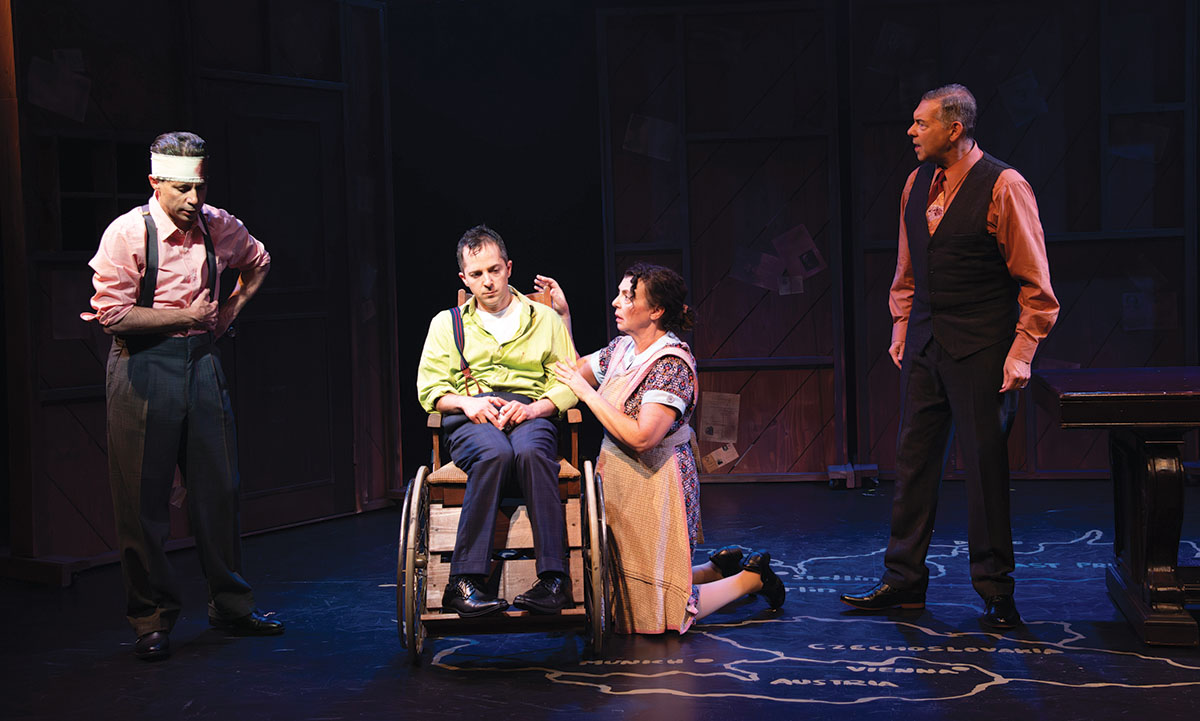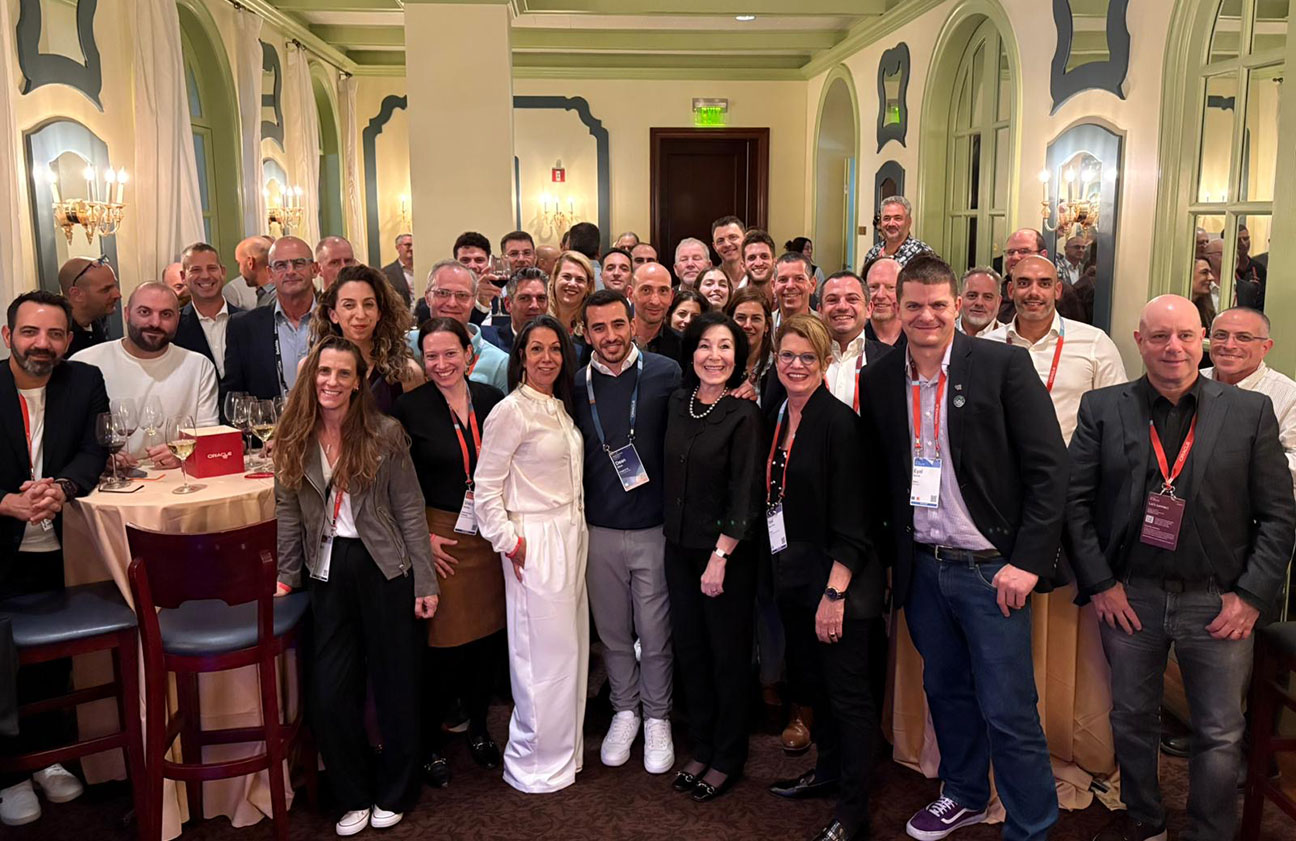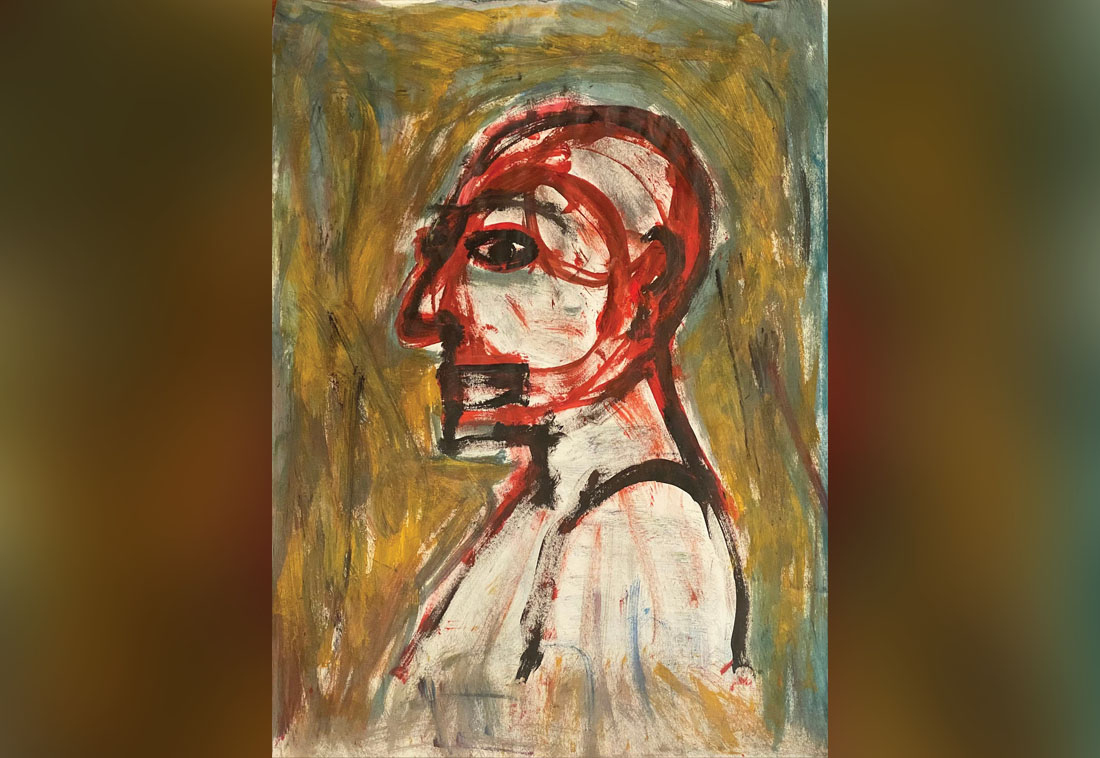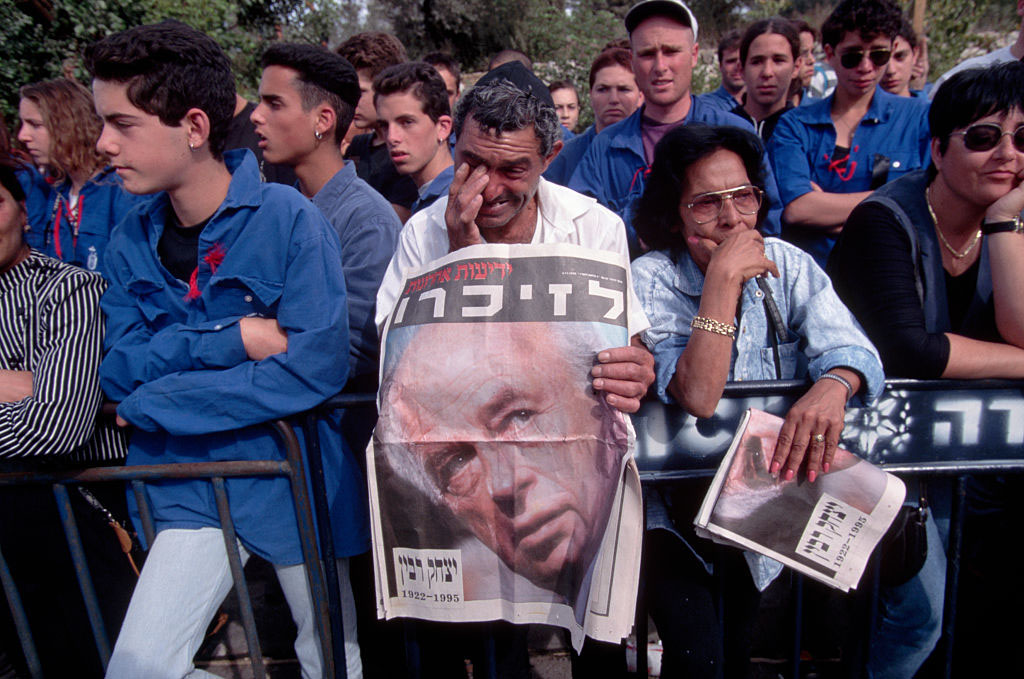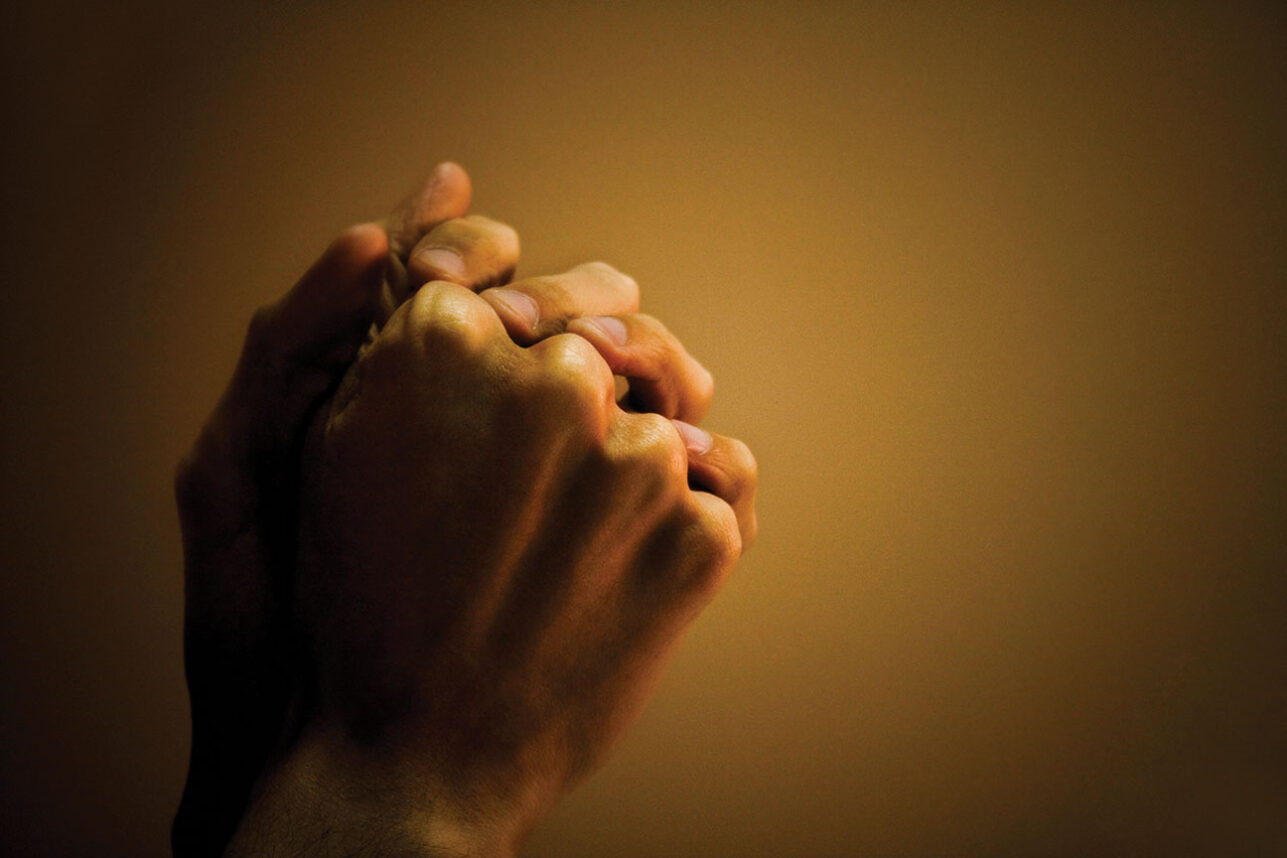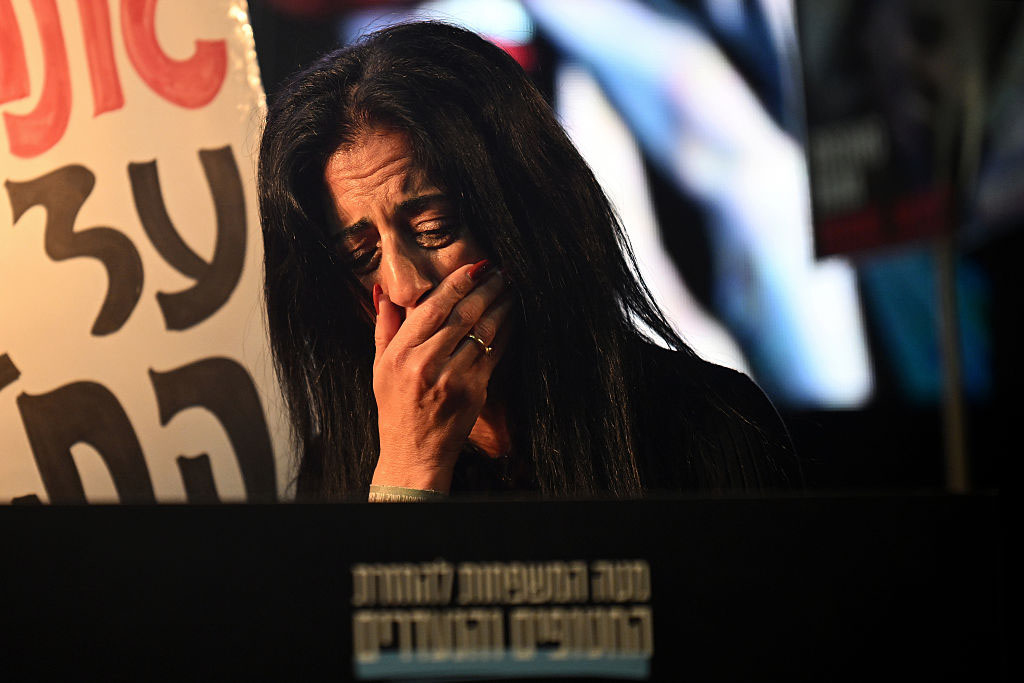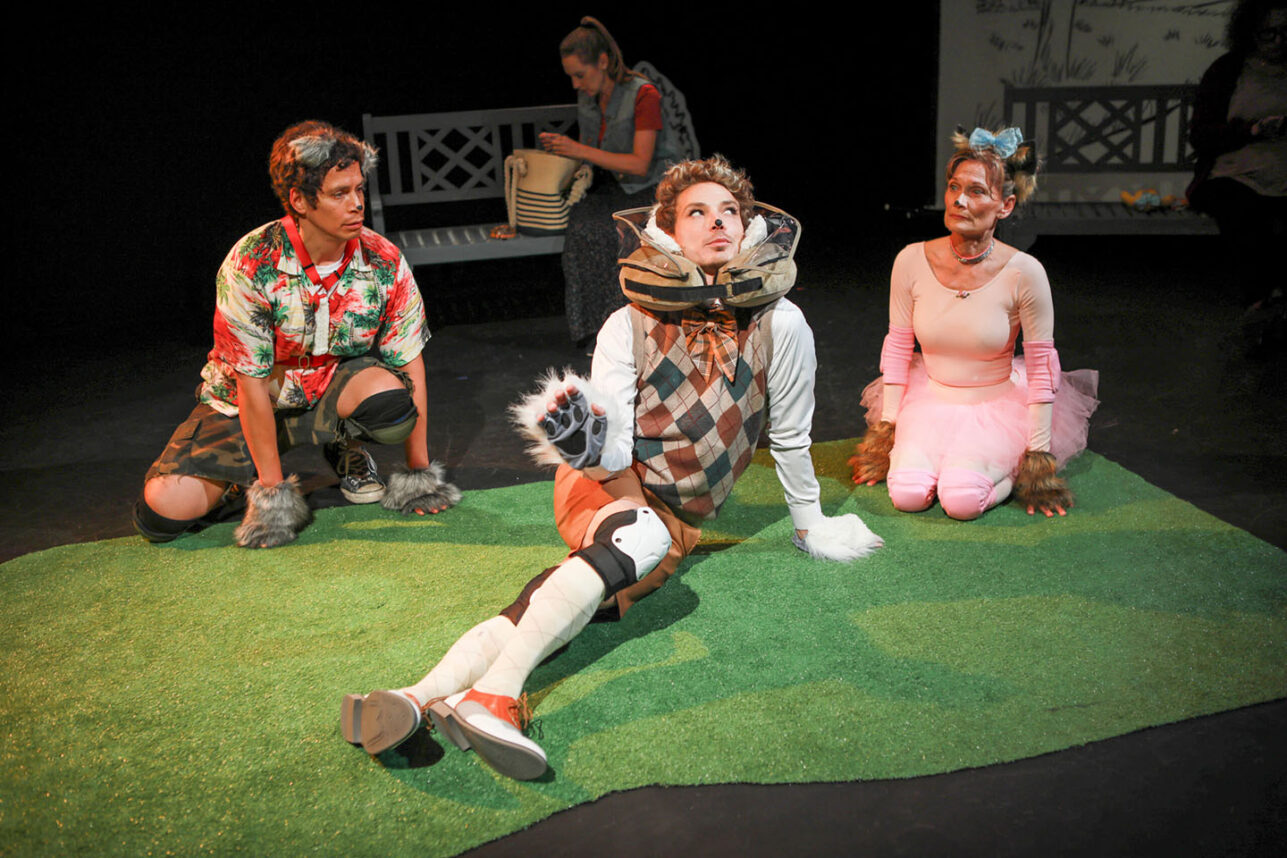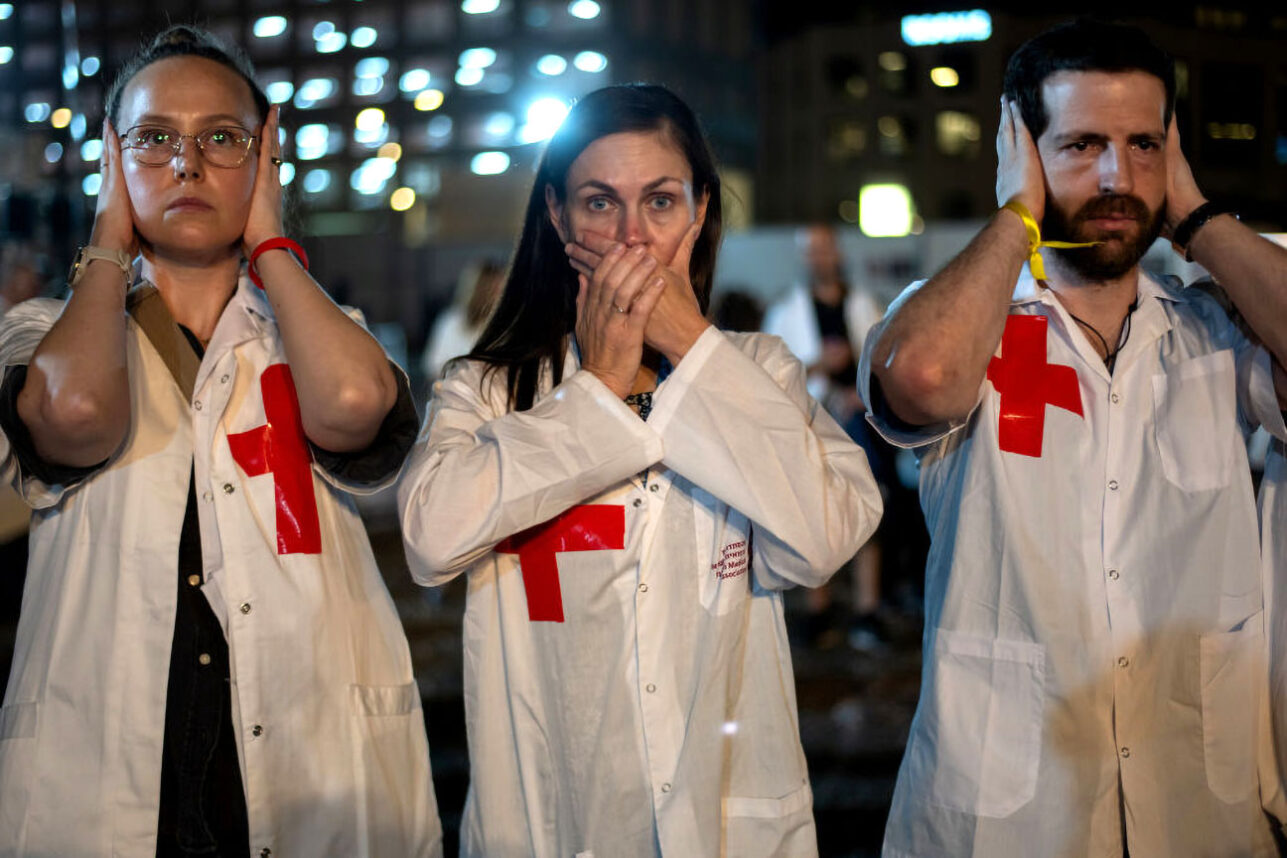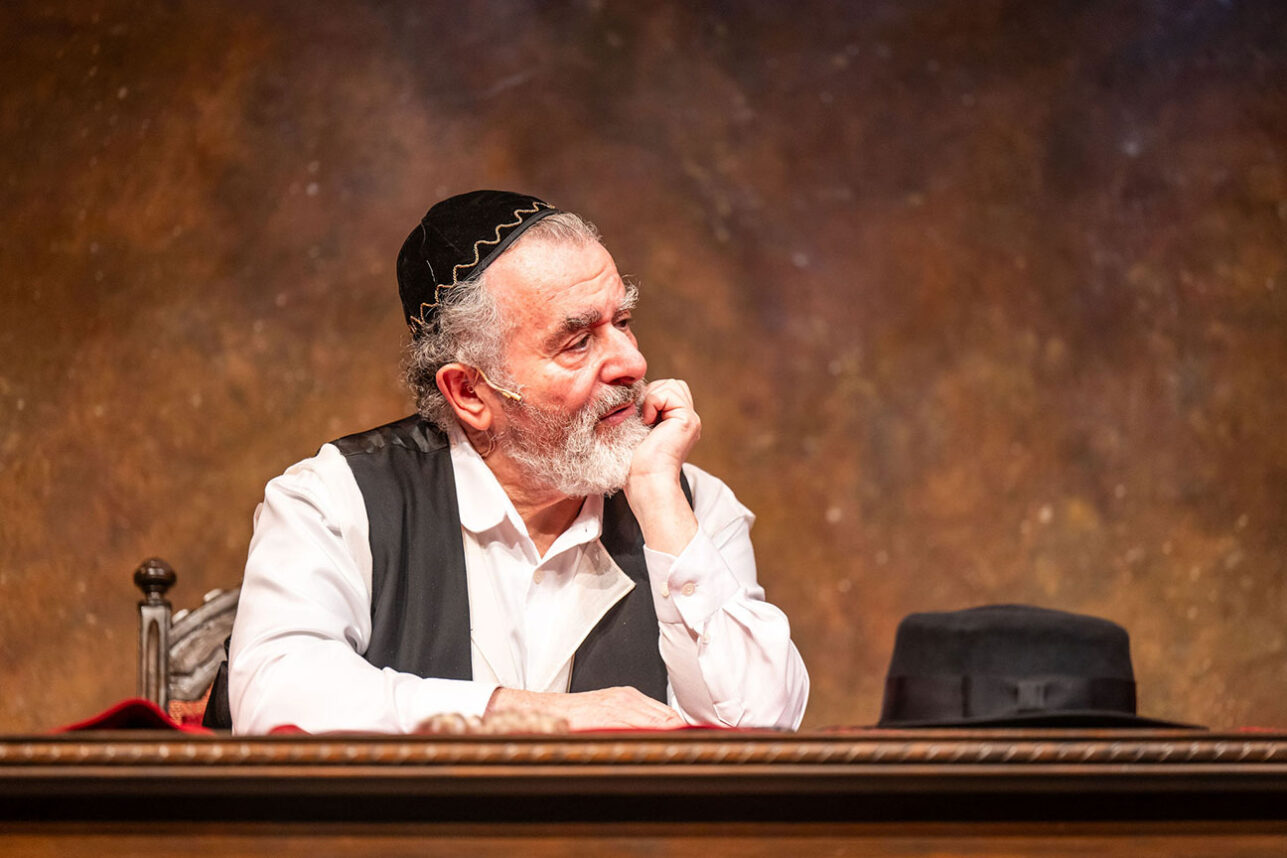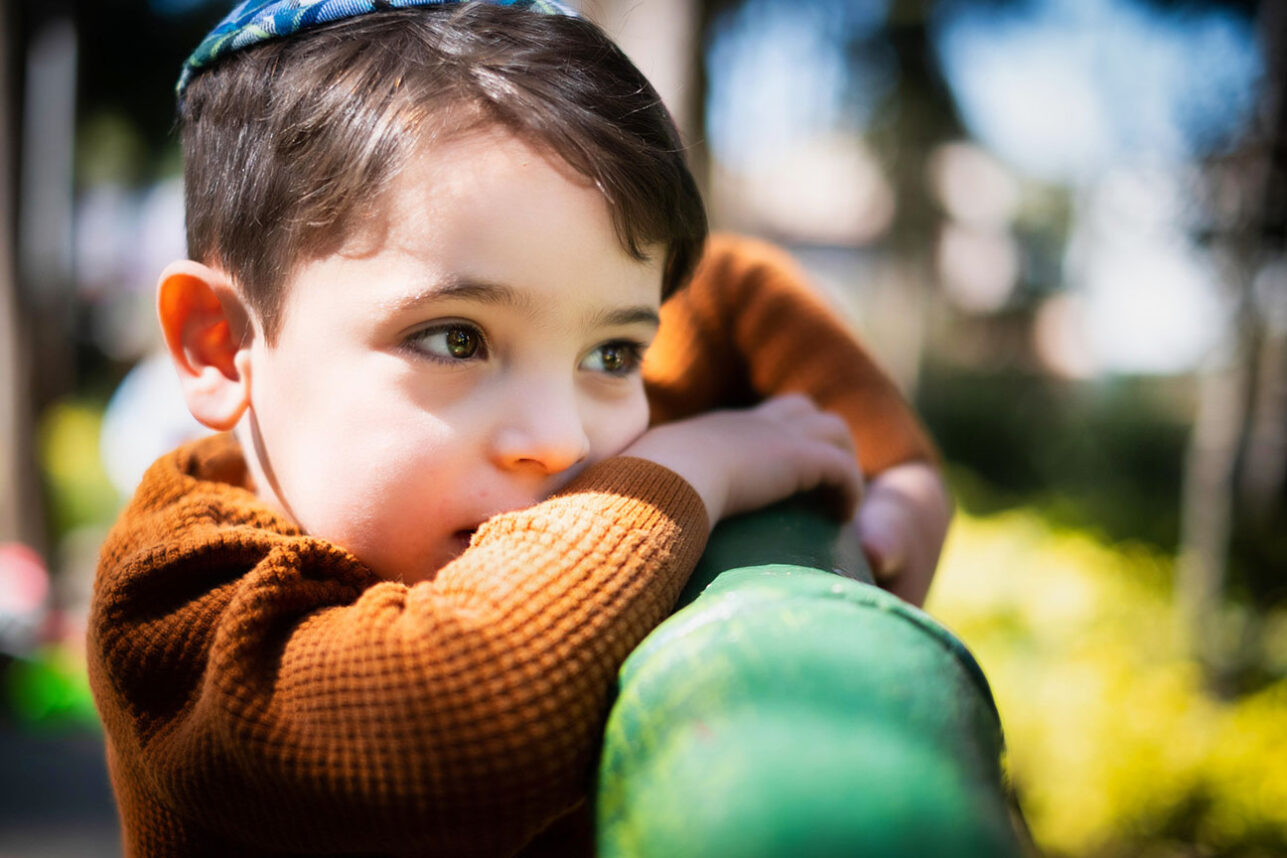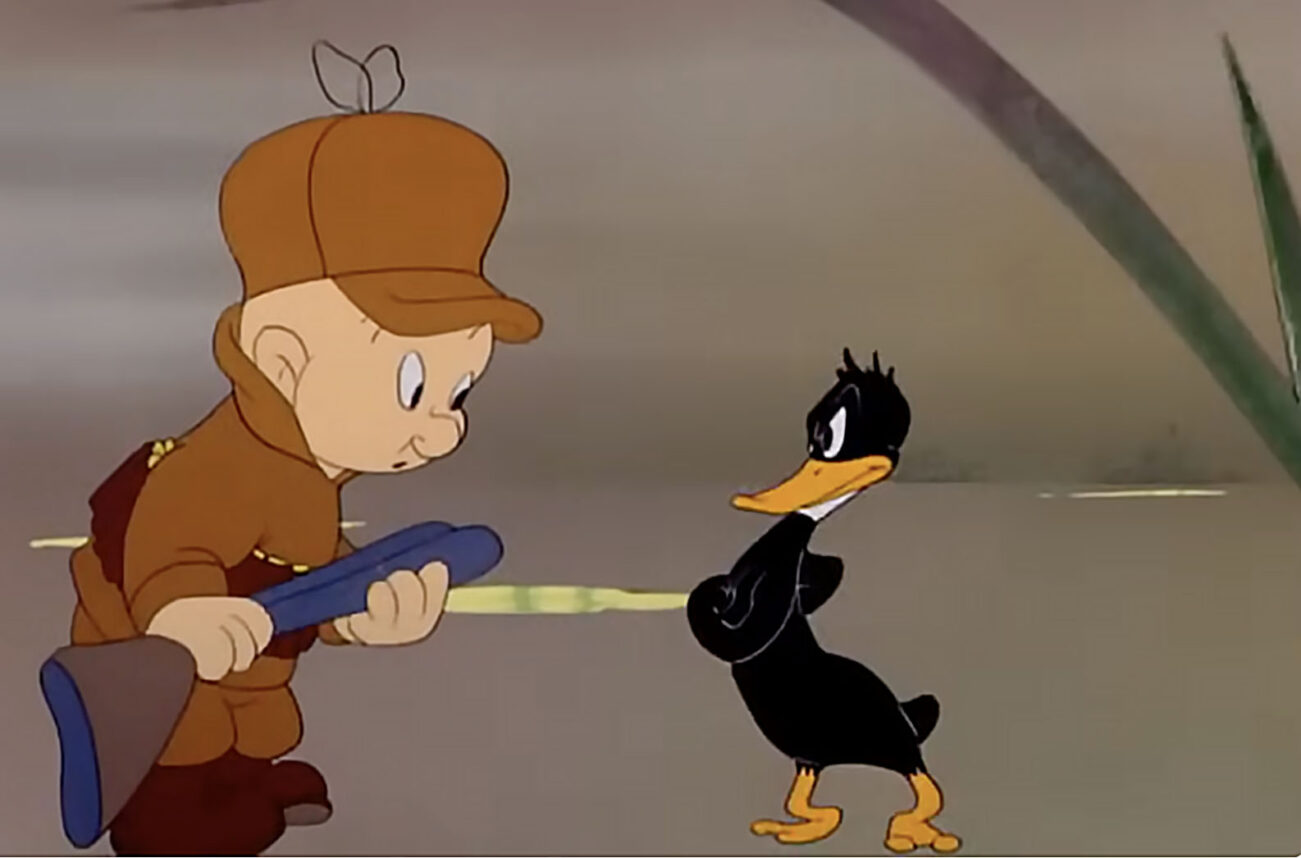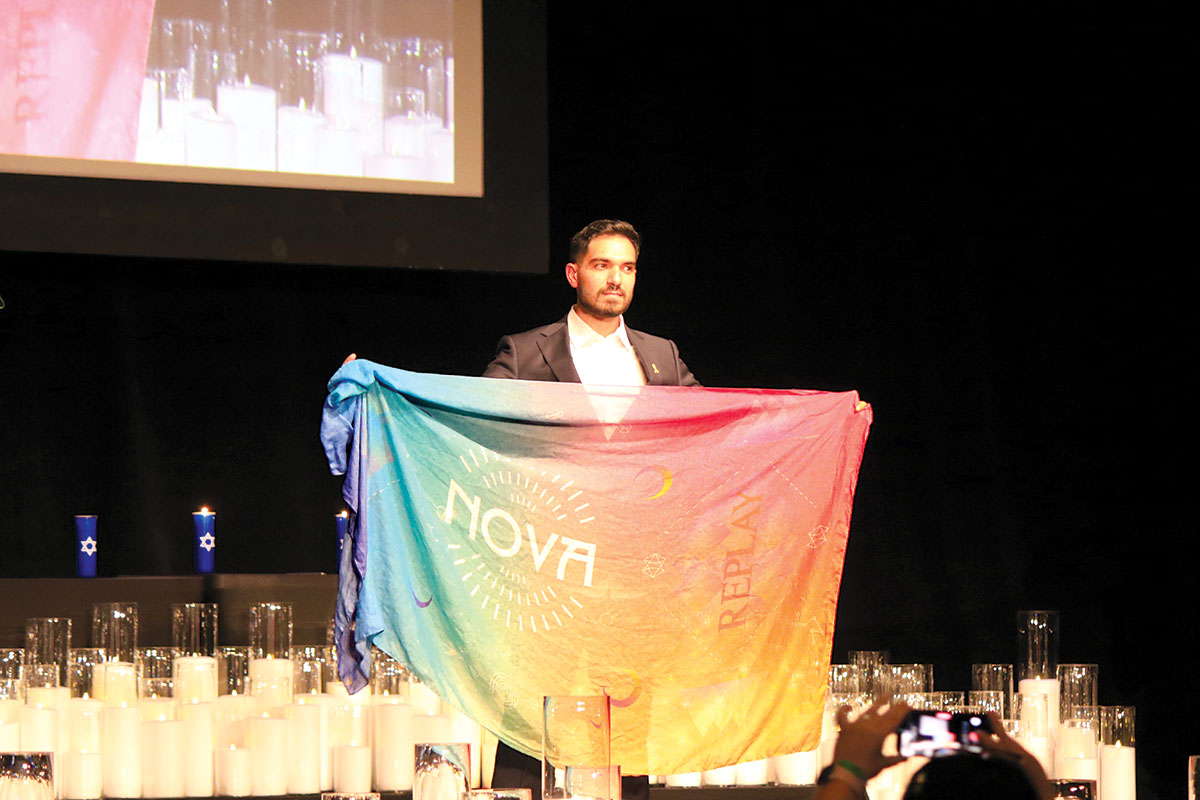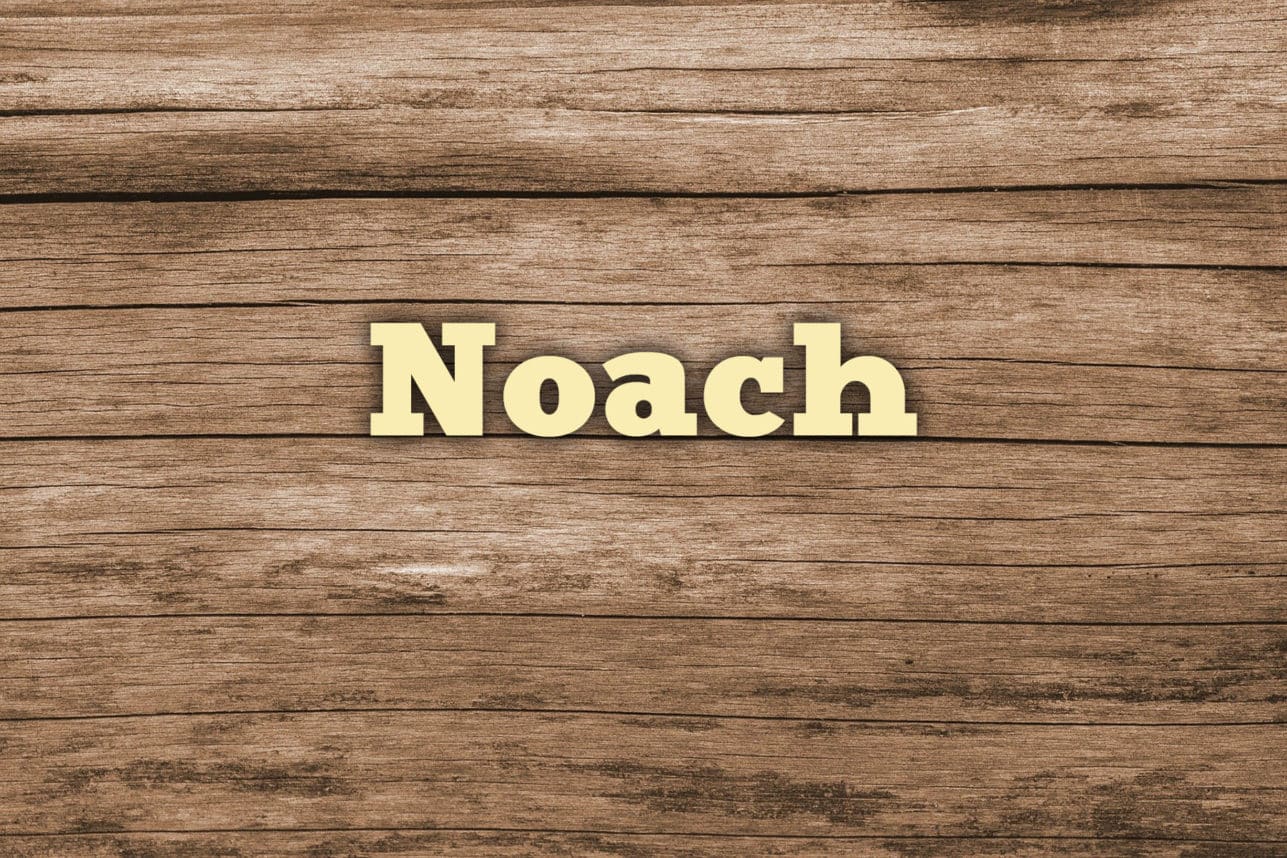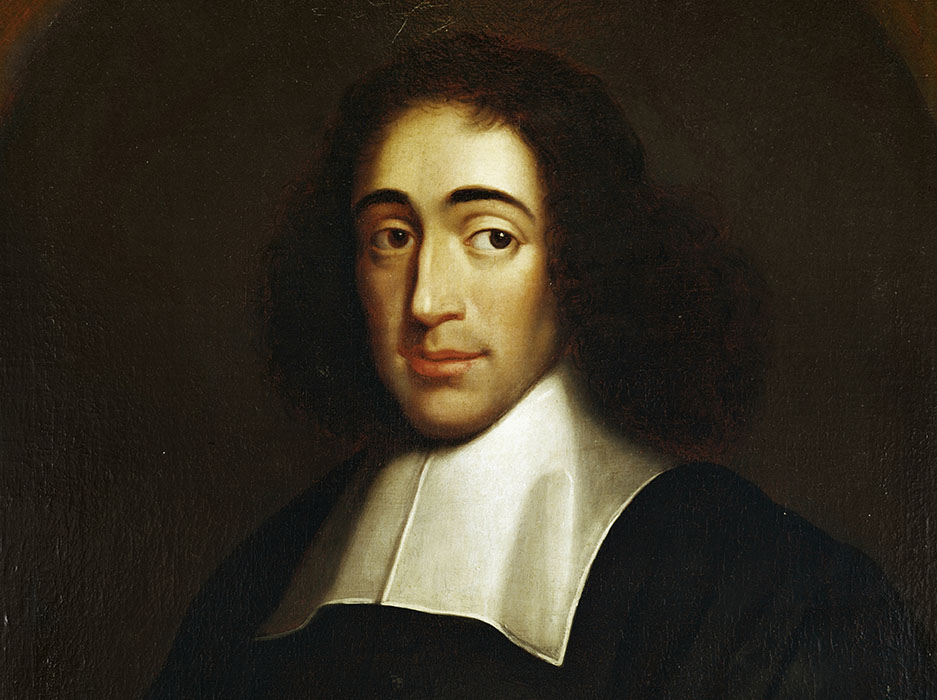When you think of iconic Jewish women, past and present, who comes to mind? Queen Esther, Anne Frank, Ruth Bader Ginsberg. Through names familiar and those less known, there is much to be learned from and about powerful Jewish women.
In “Iconic Jewish Women: Fifty-Nine Inspiring, Courageous, Revolutionary Role Models for Young Girls,” author Aliza Lavie, Ph.D., gives girls approaching their bat mitzvah a meaningful way to celebrate while connecting with their heritage. While a bat mitzvah celebration typically occurs at age 12, the author notes, it is a rite of passage that can occur at any age.
Lavie invites readers to choose a woman whose story speaks to them, get to know them and then choose a way to celebrate their bat mitzvah, based on suggestions in the chapter.
In the intro, Lavie writes, “My hope is that you use the stories of the women in this book to discover your own identity and your own path, and to learn more about your gifts and what important provisions they give you on your journey.” She invites readers to choose a woman whose story speaks to them, get to know them and then choose a way to celebrate their bat mitzvah, based on suggestions in the chapter.
Each chapter contains a topic to study in depth, a chesed activity for giving back, a location to visit (in person or virtually) that is connected to the woman and a unique or challenging wild card activity. “These four options are all ways for you to join the chain of Jewish women, adding your voice to those of the women who came before you,” Lavie writes. Since the list of 59 women only scratches the surface, there’s an extended list of iconic Jewish women in the back of the book. Lavie also includes the history of bat mitzvah celebrations, a glossary and more.
The Journal asked Lavie her motivation for writing the book, which woman speaks most to her and what she hopes “Iconic Jewish Women” will accomplish. Lavie is a former member of the Israeli Knesset, lecturer, writer, chair of the Israel Film Council and founder of the Shaycha venture for educational technology. She is also the CEO of Shaycha, a first-of-its-kind virtual journey that connects users to their Jewish heritage.
Jewish Journal: What inspired you to write this book?
Aliza Lavie: In my lectures when I was on my book tour for my previous book, “A Jewish Women’s Prayer Book,” I was asked by many women to give suggestions about celebrating their bat mitzvah. These were women who … part of were already grandmothers close to their 80s. “We don’t want to leave this world without having a bat mitzvah,” they told me.
This need for a book that would help women like this kept coming back to me. The thought only got stronger and I understand that: One: A bat mitzvah is an event that can happen at any age if you haven’t celebrated it yet. Two: I should write a book for bat mitzvah girls and whoever is accompanying her during this time (parents, grandparents, educators, rabbis, cantors).
The idea of the book and its unique structure is to enable each and every one to find their voice; to become familiar with women within a Jewish female sphere whose life stories may help the reader to express their own story in their own way, both in general and during the bat mitzvah year in particular.
We have history as Jewish women, and we need the book not as a history lesson, but as answers and a guide for the rest of the way.
JJ: What is your favorite story in the book and why?
AL: If I had to choose one, I would choose Queen Esther: A woman who took personal and public responsibility and brought change. Esther fought from a doubly-vulnerable position: as a woman and as a Jew, and demanded to tell her story. “Set me down for generations.”
Esther saw that more women were going to be in her situation, and asked to position herself as a model “for saving souls in Israel.”
In fact, from the testimonies and prayers of women conversas from Spain and Portugal, the character of Queen Esther served as a role model. They adopted the narrative of her rescue, and hoped that this would also be their fate: “Esther did not reveal her people or her birthplace, for Mordecai had told her not to reveal it.” (Esther 2:10)
The character of Queen Esther, who lived 2000 years before the disaster that befell them [the conversos], is identified with the need to hide her Jewishness. The foreigner, the other, who hid her origin, and yet remained faithful to her faith, an issue that has taken on a very relevant significance in the past year.
JJ: What do you hope people get from reading “Iconic Jewish Women”?
AL: A sense of belonging, a connection, and to continue telling the story. Every single one of us, with the powers we are blessed with and the abilities we have, can take another step in telling our story — of personalities who have almost been lost to history and of a community of figures whose sense of responsibility and contributions are what makes them who they are; and it is they who contribute significantly to the Jewish people and to the world-at-large.
Most of the women in the book are pretty much unknown. They’re not famous, and we don’t typically learn about them, certainly not in depth. And their pictures are not displayed in public spaces. Because they were women, they were forgotten.
Their life stories teach how far one can strive and achieve, and how necessary it is to learn and study. I truly hope that the book will encourage readers to bring back awareness and knowledge about these women; to realize that they all faced challenges, but remained steadfast and managed to achieve remarkable, groundbreaking things.









